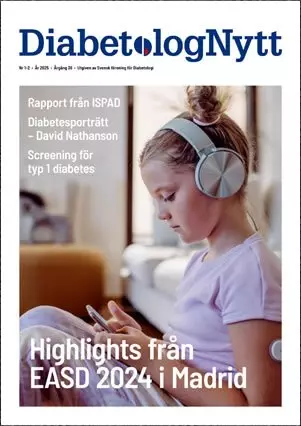Algorithm may cut number of glucose tolerance tests for those undergoing coronary angiography
|
For patients without diabetes undergoing coronary angiography (CAG), fasting plasma glucose (FPG) performs better in diabetes screening than glycated hemoglobin (HbA1c), according to a study published online Dec. 13 in Diabetes Care. Jun-Sing Wang, M.D., from the Taichung Veterans General Hospital in Taiwan, and colleagues compared HbA1c and FPG as screening tools for diabetes using an oral glucose tolerance test (OGTT) in 400 patients without known diabetes undergoing CAG. OGTT and HbA1c were assessed two to four weeks after hospital discharge. The researchers note that 20.8 percent of the patients were diagnosed with diabetes. FPG had a higher area under the receiver operating characteristic curve than HbA1c (0.81 versus 0.73; P = 0.032). A proposed screening algorithm was validated in an additional group of 170 patients. The algorithm had a sensitivity of 74.4 percent and a specificity of 100 percent and reduced the number of OGTTs by 71.4 percent. ”In summary, we reported that the FPG test performed better than HbA1c in screening for diabetes in patients undergoing CAG,” the authors write. ”We proposed a screening algorithm, and its efficacy and practicability need further investigation.”
From HealthDay News
Abstract Performance of HbA1c and Fasting Plasma Glucose in Screening for Diabetes in Patients Undergoing Coronary Angiography
OBJECTIVE The performance of glycated hemoglobin (HbA1c) and fasting plasma glucose (FPG) was compared in screening for diabetes by an oral glucose tolerance test (OGTT) in patients undergoing coronary angiography (CAG). RESEARCH DESIGN AND METHODS Patients without known diabetes admitted for CAG were eligible. OGTT and HbA1c were assessed 2–4 weeks after hospital discharge. The performance of HbA1c and FPG was evaluated by using receiver operating characteristic (ROC) analysis. RESULTS Diabetes was diagnosed in 83 of 400 patients (20.8%). The area under the ROC curve was higher for FPG than for HbA1c (0.81 vs. 0.73, P = 0.032). We proposed a screening algorithm and validated it in another 170 patients. Overall, this algorithm reduced the number of OGTTs by 71.4% (sensitivity 74.4%, specificity 100%). CONCLUSIONS FPG performed better than HbA1c in screening for diabetes in patients undergoing CAG. A screening algorithm might help to reduce the number of OGTTs. Nyhetsinfo www red DiabetologNytt |





